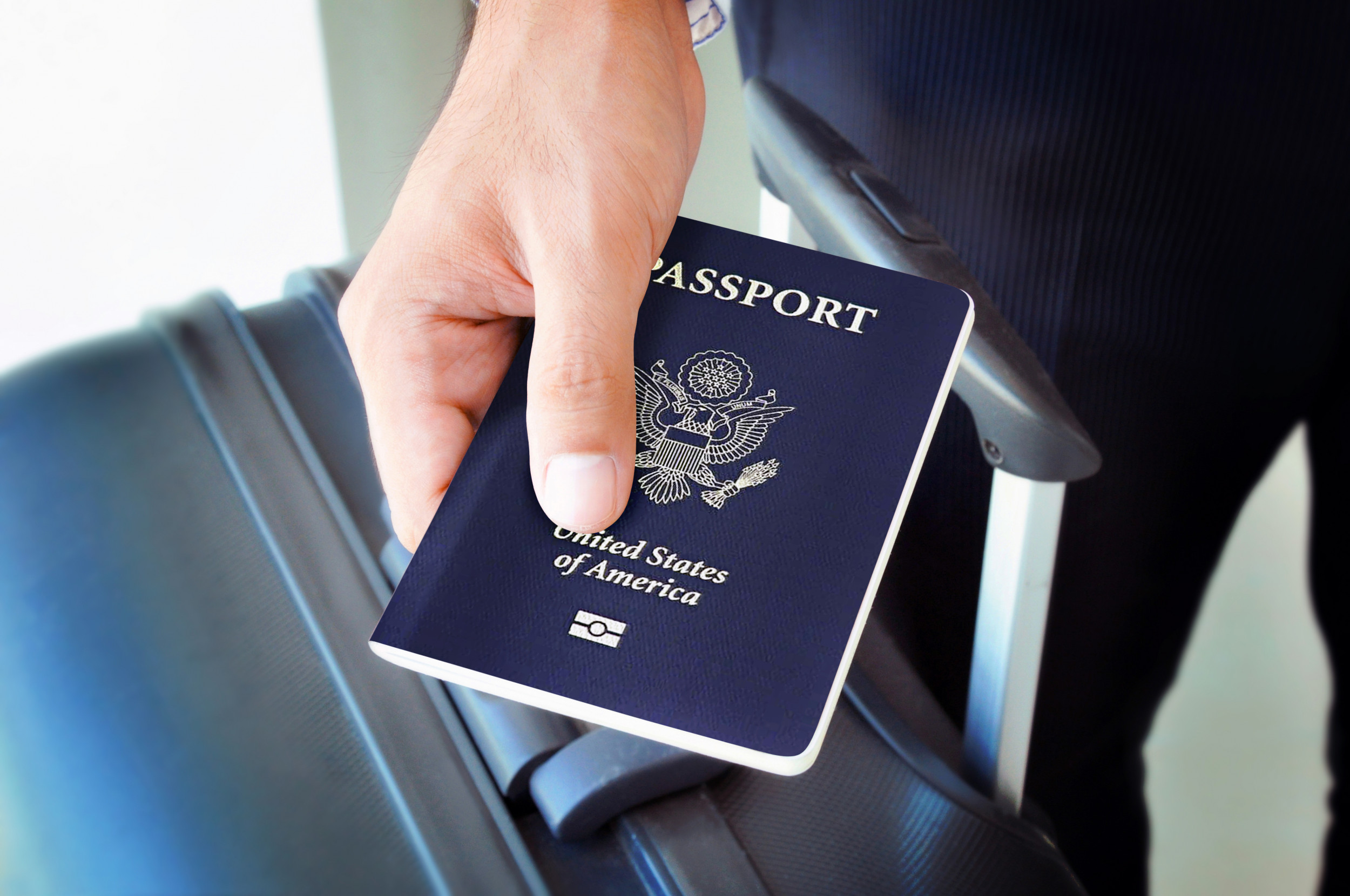- PolyPassport
- Posts
- Will politics spare Switzerland's new passport?
Will politics spare Switzerland's new passport?
Why redesigning a passport is anything but neutral.
Hello again from PolyPassport, bringing you the people and stories shaping multiple citizenship, global mobility, and the cross-border economy.

What we're tracking:
Passport politics. Switzerland has announced changes to its fabled Schweizer Pass. We look at the surprising politics of redesigning travel documents.
Albania inches closer to a golden visa program. Brussels isn't happy.
Italy pauses its digital nomad visa. But it'll be back—maybe.
The surprising perils of a passport redesign
Out with the old, in with the neue. Switzerland’s passport is getting a new look.
This week, the Swiss Federal Police announced they are overhauling the design of a travel document that unlocks visa-free travel to 186 countries—the seventh-strongest passport in the world, according to Henley and Partners. The current Schweizer Pass has been in circulation since 2006.

Today's Swiss passport, which is set to retire. Photo credit: euok/Flickr
Authorities say the new version will maintain the unmistakable red cover and white cross that Swiss citizens are accustomed to, and visa pages will continue to bear images of all 26 cantons plus what’s known as “the fifth Switzerland,” or Switzerland abroad. But not much else is known. True to form, the secrecy-obsessed confederation is keeping the new design under wraps until the big reveal at the end of October. Schade.
Typically, a redesign like this is a staid, bureaucratic affair that receives scant attention outside a few enthusiast circles. Take for instance Norway’s recently refreshed passport, which quickly became a cult classic among designers. Or the the amazingly named r/PassportPorn subreddit which took to weighing the merits of the United States’ “next-generation” passport, set to replace the current model by year’s end.
But it's not always a nerd's sport. Every once in a while, passport revisions stir controversy that spills into the national arena.
Recall South Korea in 2018. The foreign ministry unveiled around 15 changes to the national passport, most of which didn’t offend. Starting in 2020, they said, it would be made from sturdier materials like super heat-resistant polycarbonate. It would use a special ink to prevent forgery. The number of visa pages would go up from 48 to 58. So far so good.
But sparks flew when it was revealed the outer cover—which had been green for more than three decades—would become blue. That was a problem for many. It's not that South Koreans have a cultural distaste for blue. After all, Seoul's Blue House had been the official residence of the country's president for nearly a century. So why the outcry?

The new Korean passport. Photo credit: South Korea's Foreign Ministry
At issue was the simple fact that North Korea, South Korea's northern neighbor and sworn enemy, also issues blue passports to its citizens. The two nations have technically been at war since 1945, and South Koreans don't exactly envy passport holders from the Democratic People's Republic of Korea, who have visa-free access to a paltry 40 countries.
Some feared the move would confuse border agents and “undermine the international value of a South Korean passport." Others said it was a naked attempt to cozy up to Pyongyang at a time when the ruling elites sought closer relations.

A rare sighting of a North Korean passport. Photo credit: PassportIndex
The truth is far more mundane: it was the winning submission in a 2007 design contest. "Two winners—fine arts professor Kim Soo-jung from Seoul National University, and graphic designer Ahn Sang-soo—both designed indigo passports for their entries," the foreign ministry's passport division said.
Professor Kim is said to have based his design on the red-and-blue Korean national flag, known as the Taeguekgi.
The professor had free rein to think big. There are no international standards for passport designs. The only requirements, as determined by the International Civil Aviation Organization, or ICAO, pertain to passport materials.
If you're curious, ICAO mandates that passports can't crease, must resist temperatures between -10 and 50 degrees centigrade, and maintain legibility in humid conditions. Countries have wide latitude to choose whichever hue, font, typeface, or size they want.
But even so, they largely pick black, red, blue, or green. The reason? Some experts chalk it up to practicality, pure and simple. In an interview with Travel + Leisure, an executive from a leading passport printer said these colors look more official and are "less likely to show dirt and wear." Geopolitics and even religion can play a role, such as when Muslim-predominant countries use green as a show of faith.
If politics can determine a passport design, the South Korean example shows they can also mar a redesign. Let's hope Switzerland is paying attention.
Brussels says non to Albania's golden passport plans

Photo credit: Olga Pro/Unsplash
Albanian Prime Minister Edi Rama is forging ahead with plans to introduce Europe's newest citizenship by investment program despite repeated objections from the European Union.
On August 9, the government published an amendment to the nation's public-private-partnership law, which will make way for foreign investors to acquire citizenship if they meet certain requirements.
Europe is reiterating its displeasure. “The Commission has taken strong measures against citizenship schemes for investors inside and outside the EU. The Commission considers these schemes contrary to EU laws, as they violate the principle of sincere cooperation and the concept of EU citizenship,” EU representatives told the Balkan Investigative Reporting Network.
Prime Minister Rama has been a proponent of the measure since at least since 2019, when he praised the "enormous potential" it had for a country that is among the poorest in Europe. Malta and Bulgaria are two EU countries with similar programs.
Will Italy's digital nomad visa ever happen?

Photo credit: Timo Stern/Unsplash
The fate of Italy's digital nomad visa hangs in the balance. The proposal was approved by parliament in March, but a "ministerial decree" is required to set it in motion. That decree is now on hold until new elections take place in late September.
After the vote, it could be months before a new government is formed, and there's no telling when—or whether—the incoming administration will make the program a priority or a reality.
If it ever becomes available, the visa would be valid for 12 months.
Other headlines
Chatter
my version of dual citizenship is having an Arlington library card and a DC library card
— Washington Post TikTok Guy 👴🏼 (@davejorgenson)
1:01 AM • Aug 17, 2022
Due to the world climate right now the Dominican government has reduced by 60% on getting Dominican dual citizenship 🇺🇸🇩🇴 at the moment. Take advantage of it! Even if you have a grandma that was Dominican, get ya shit
— 𝔻𝕠𝕞𝕚𝕟𝕚𝕔𝕒𝕟 ℙ𝕒𝕡𝕠𝕠𝕤𝕖 (@intensedoctor)
10:38 PM • Aug 19, 2022
78 years later. Latvia, one of your children is yours again. 🇱🇻🥹🖤🇺🇸#dualcitizen
— Morgue Barbie, MD is Over-Educated and has Cats (@pathologiste08)
11:18 PM • Aug 16, 2022
Quote of the week
"I already felt Italian before, I mean, before today. So very little has changed."




